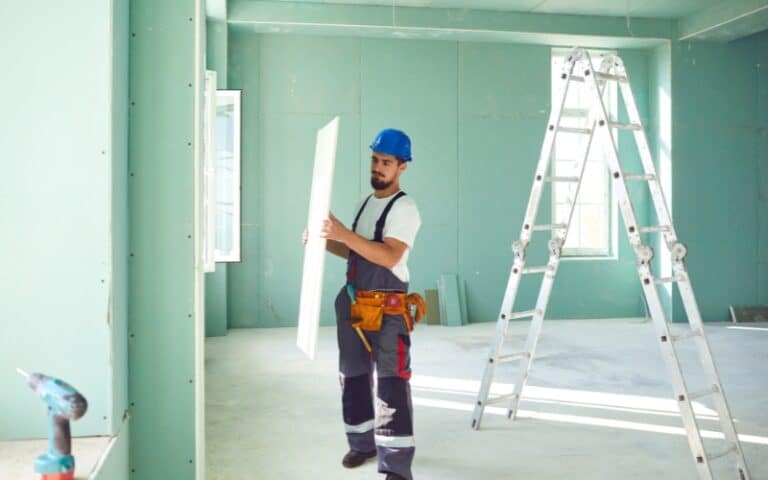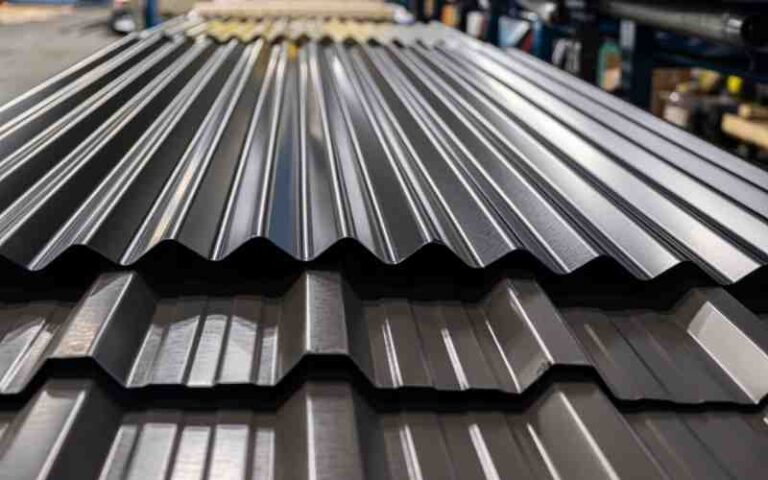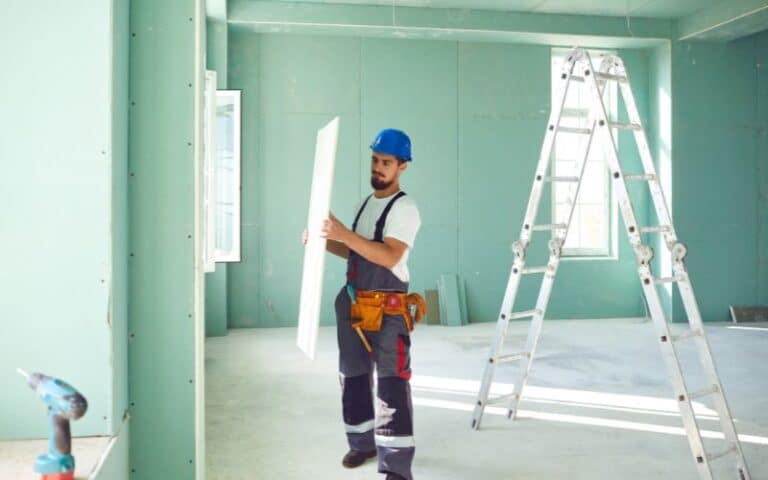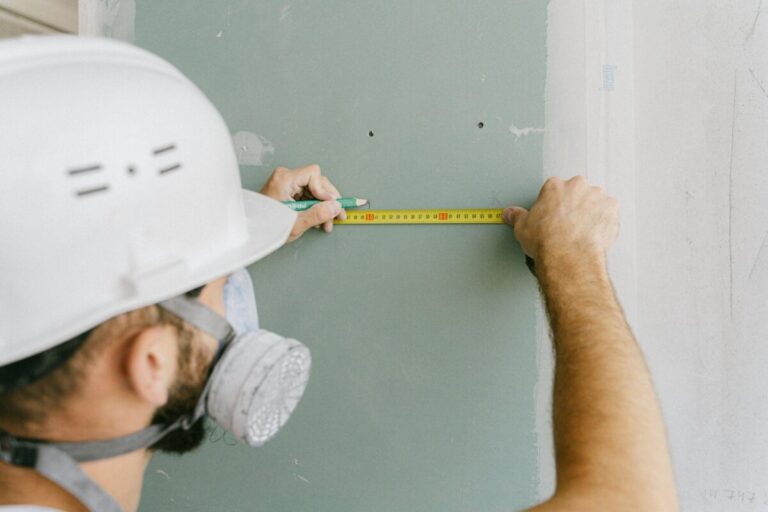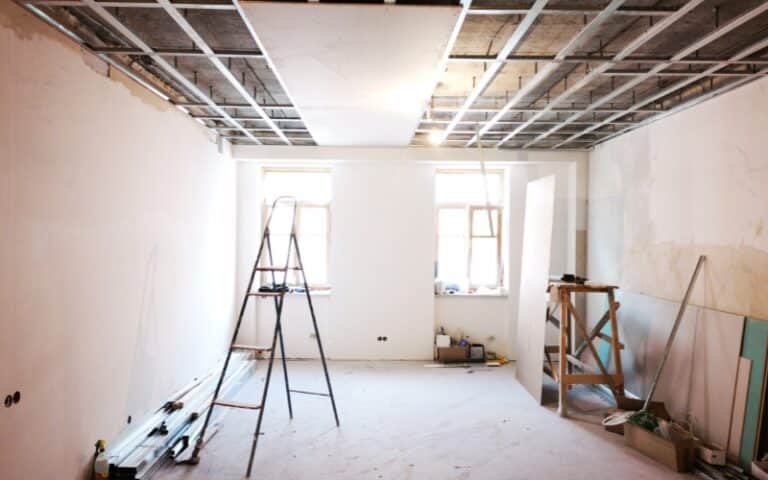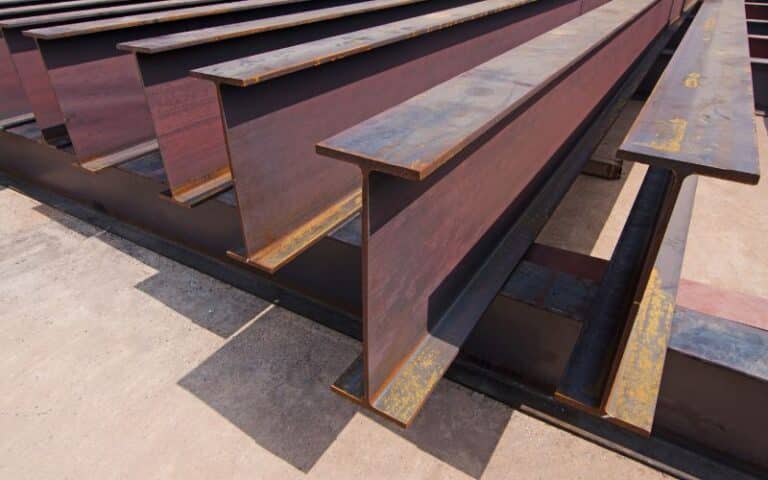You’d be surprised at how many times roof flashing damage could have been avoided or dealt with cost-effectively, only if homeowners didn’t think of that small crack or a bit of mold/mildew growth in the roof as benign.
In this article, we will take a closer look at how you can know if your roof flashing is bad, particularly the inspection process to mitigate the need for costly roof repairs.
Ready for a Roofing Quiz?
Ready for a Drywall Quiz?
How to Identify Bad Roof Flashing
Flashing damage is a prevalent issue for a majority of homes in the US, especially those in rainy and windy areas. Wind may cause flashing to misalign or break off, while water seepage below it can lead to rot and may even damage the shingles (severely impacting your roof’s integrity).
The best way to avoid this inconvenience is to identify bad flashing long before it becomes a significant issue. Instead of waiting for a leak to develop, you can look for titled, cracked, lifted, or otherwise poorly installed flashing.
Here are some things to keep in mind if you are wondering how do you know if your roof flashing is bad.
What to Look For
These are some signs of long-term or expensive damage you should look out for when inspecting your ceilings.
- Water Stains on Flashing Or Ceiling
Water stains on your flashing, drywall, or ceiling may indicate that the flashing needs to be adjusted or replaced. These stains are often the result of water pooling on or inside your flashing. Ideally, it should allow water and dew to flow off the roof through the gutter.
To check for these stains, inspect your rooftop on a bright day or use a bright flashlight to illuminate every portion of the roof. Start from the corners and make your way inwards.
If there is no drywall on the roof – just concrete – you may not see these stains underneath the flashing. In this case, remediation is as simple as replacing the flashing. If not, you will need to ensure that there is no water seepage into your attic.
If you spot any stains on the flashing or a particular corner, you should call a roof flashing replacement company whenever you have the time. This means that you are about a few weeks or a month away from more permanent or costly damage. Note that not every stain indicates flashing damage. Sometimes, it may just be because of moisture being trapped in your attic due to poor ventilation.
Either way, you should call us right away for an inspection and our expert recommendations.
- Water Leakage
This type of damage occurs mainly during storms and means that the need for roof damage restoration or repair is rather dire. Water leakage into the attic or the interior tiles is relatively easy to spot. Simply:
- Look for any spots colder than the rest for concrete walls
- Feel the wall to find any squishy sports for drywall
- Look for trickling water
- Listen for any trickling sounds. This is especially the case for drywall, as water may be trickling inside the walls.
Start from one corner and use your hand or a digital laser thermometer to identify points colder than the rest. For drywall, these temperature changes may not be as apparent, which is why the ‘feel test’ is more common.
You can also look at your insulation, shingles, or rotting beams. If you don’t deal with this issue right away, there is a very good chance that not only will your flashing start breaking, you may find mold in your house, or the roof’s integrity may get compromised.
- Curled, Cracked, or Otherwise Damaged Flashing
Strong winds may either break the flashing outright, crack them due to extreme pressure, or throw debris at it. If you find that your flashing is curled, cracked, loose, or otherwise damaged, you may need to get it replaced to prevent further damage.
You should address these damages immediately as these are indicators of your flashing giving way at any time. Curled flashing, for example, means that the flashing is no longer able to withstand the external environment and is a result of poor choice of flashing material on the installer’s part.
- Debris Stuck Underneath
And finally, you will need to conduct a thorough inspection to look for any debris that may be stuck underneath the flashing. You can lean down to the roof level and check the entire flashing at once or check each flashing individually if you have an uneven rooftop.
Another great way of knowing if your roof flashing is bad is to head into your attic during the day, close and cover the window, and look up. If you find that light is leaking into your attic through the roof, your flashing may need some attention.
Some common signs of debris stuck underneath flashing include:
- Misaligned flashing
- Lifted or uneven roof
- Missing flashing
- Signs of rot.
It is extremely important for all homeowners to keep a careful lookout for any signs of damage to the flashing of their roofs. With the above-mentioned ways, you can easily and quickly check yourself if you have a bad roof flashing.
The next recommended step is to call a certified and experienced roofing company that has successful projects within your locality under its portfolio. The roofer might advise you to replace your flashing if the damage is at a level that is beyond repair.
Related:
- Monoslope Ridge Flashing (Must Know Things)
- Gambrel Roof Transition Flashing (Things You Must Know)

